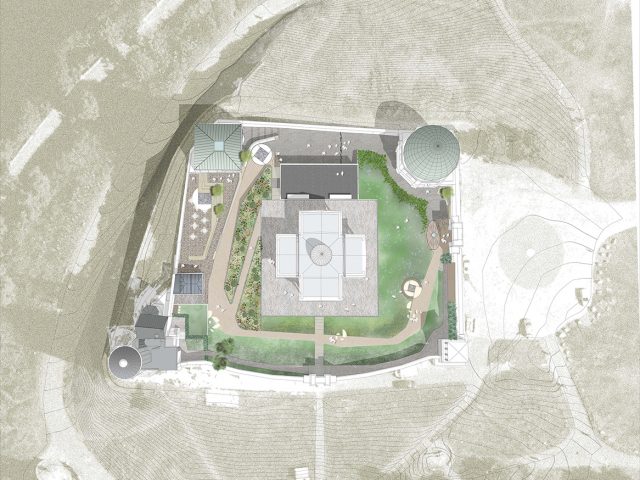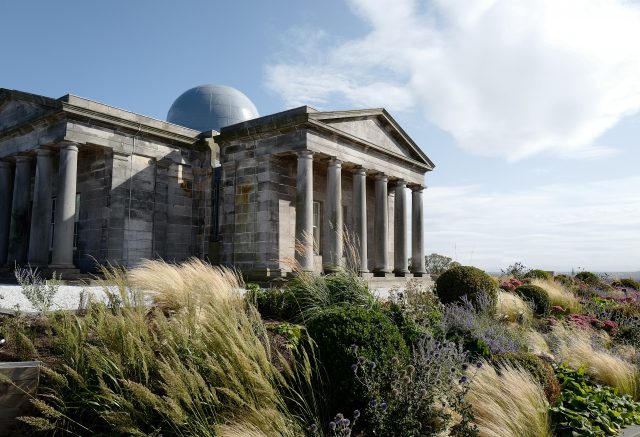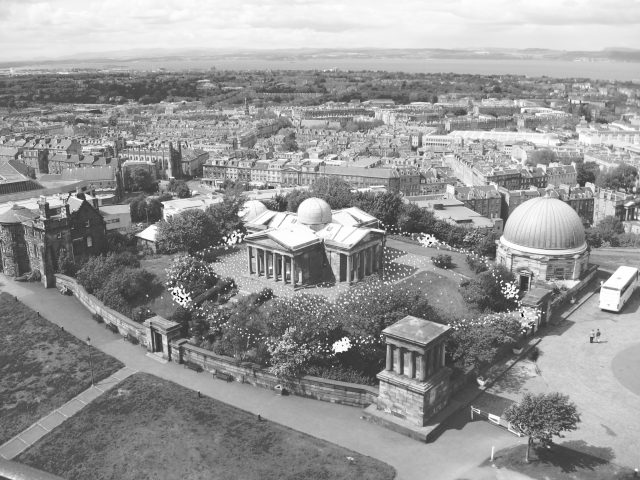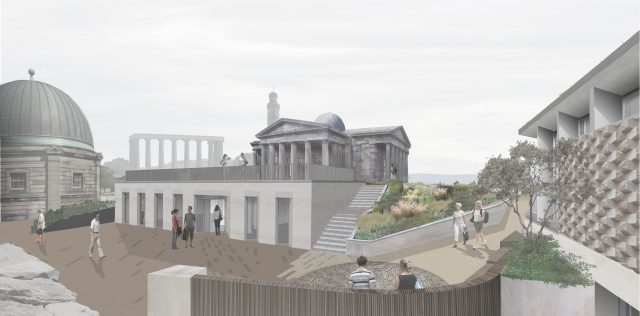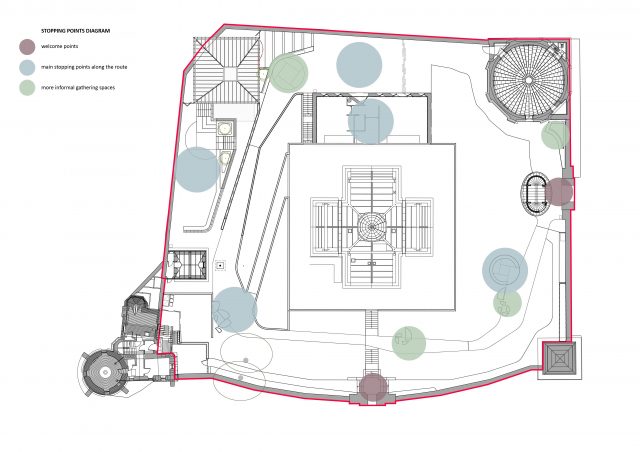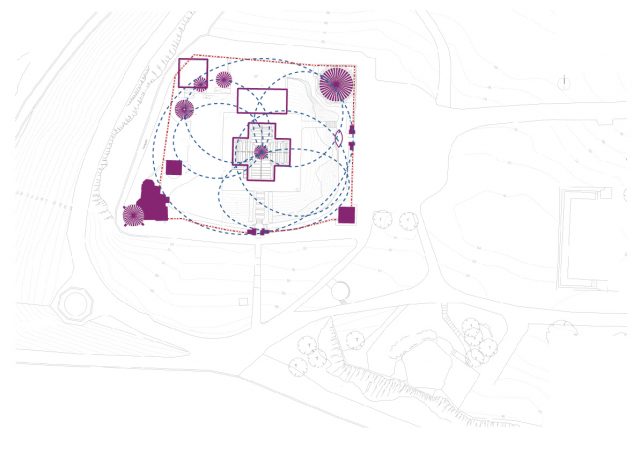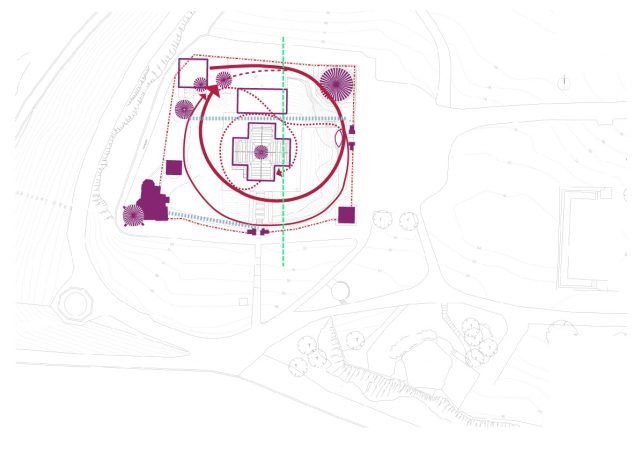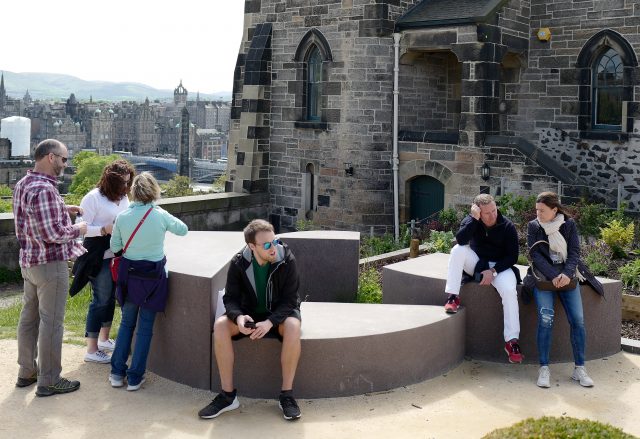Calton Hill City Observatory
Category
MASTER PLANNING/LANDSCAPING: Public Realm/Landscaping
Company
HarrisonStevens
Client
Collective Gallery and City of Edinburgh Council
Summary
Situated within a World Heritage Site, Calton Hill encompasses the redevelopment of existing buildings – The City Dome, The City Observatory and Transit House as well as a new Contemporary Art Gallery and restaurant facility within the walled garden of the 1818 Playfair-designed City Observatory.
Working with joint clients, Collective Gallery and the City of Edinburgh Council, HarrisonStevens developed a concept design story around a perambulation route.
Past and present spread across the site, like fragments of time, interpreted as a series of stars, which form a constellation. Drawing inspiration from the historic connection with planetary orbits, this astronomical concept suggested how the connections could work throughout the site. This was enhanced further by the collaboration with Collective Gallery’s artist in residence, Tessa Lynch.
Calton Hill’s historical context lends itself to the core concept of the project. HarrisonStevens conceptual approach developed from the instinctive interpretation of site elements. Creating links between scattered fragments of the architectural heritage and establishing space within a new contemporary identity. The Design Solution established the site within physical and historic contexts, whilst also recognising ambitions to develop a world-class contemporary space with a unique sense of place, reaching an international audience.
Stone terraces respond to the intensity of use, while the planting concepts respond to hierarchy. The planting palette, predominantly grasses and meadows, adds to the concepts of observation and illustrate the passing of the seasons. These species also change through the day as the sun and daylight play across the flower and seed heads. Chosen to provide maximum visual interest throughout the year, whilst also complimenting surrounding architecture and hardscape, is extremely low maintenance and has a high biodiversity value.
It was imperative to recognise the life costing and maintenance burden imparted by the design, onto the operators. The reuse of site-won materials was an important consideration, to retain the exposed, excavated geology on the site was fulfilled by using the reclaimed basalt for paving aggregate, to echo the volcanic origins.
Informal seating interventions were designated to create places to stop, pause and reflect. Tessa Lynch proposed a series of physical elements that shaped a journey in the landscape, these are parts of film sets, refracted camera lenses, temporarily left in space with vantage points around the city.
This site transcends the new and old; the near and far; the natural and the refined; in the context of union between the traditional and contemporary.

